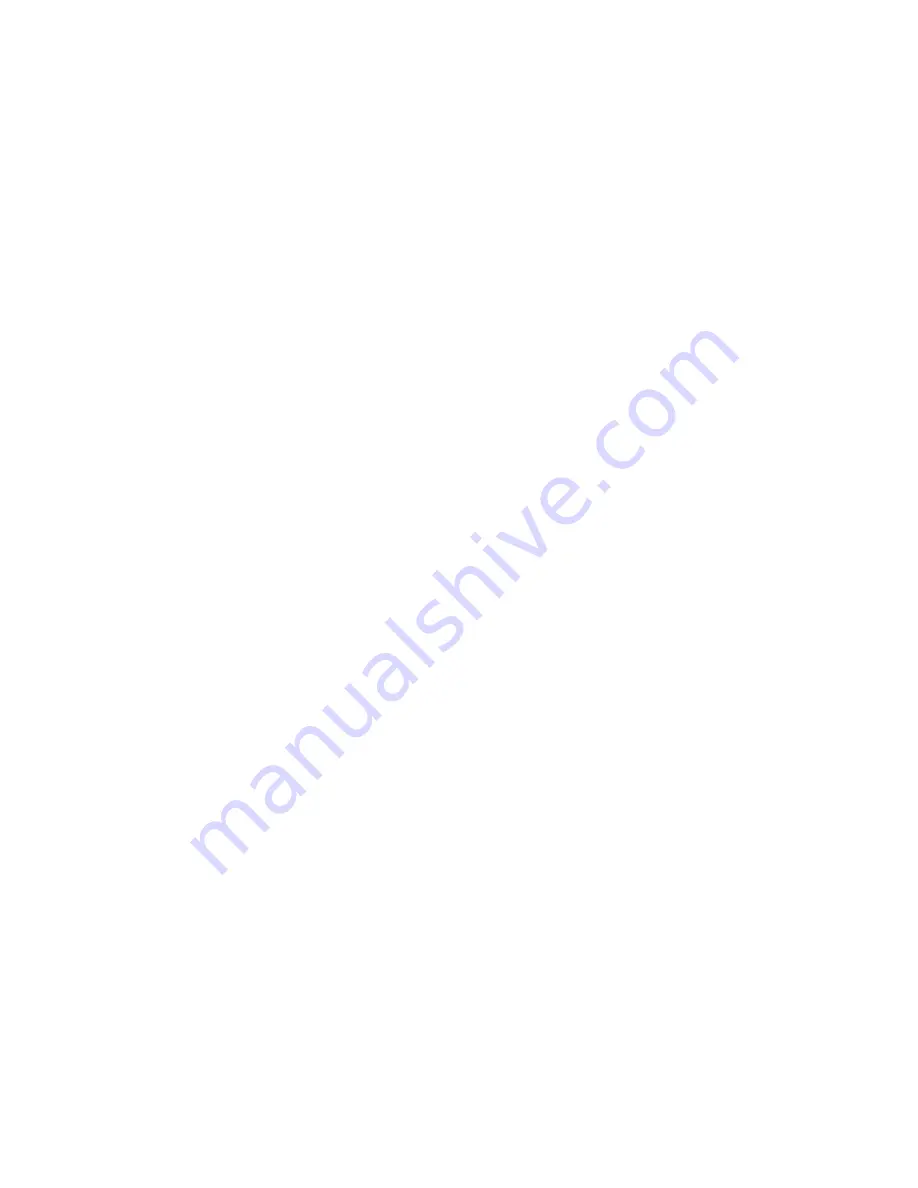
NOTICE
Ignoring safety instructions is dangerous. Soiled parts cause a loss of performance and, for switch or control
devices, can lead to the breakdown of the unit performance and operation.
NOTICE
Risk of release of hazardous substances into the environment. Can cause environmental pollution and violation
of environmental regulations.
NOTICE
The unit contains substances and components hazardous for the environment (electronic components,
refrigerating gases and oils). At the end of its useful life, the unit must be dismantled by specialized
refrigerating technicians. The unit must be delivered to suitable centers specializing in the collection and
disposal of equipment containing hazardous substances.
5.1 Maintenance
5.1.1 Refrigeration System
Perform the following steps for refrigeration system maintenance:
1.
Check that the refrigeration pipes are firmly fixed. The refrigeration pipes shall not shake with the vibration of
wall, earth, or equipment frame. Otherwise reinforce the refrigeration piping with pipe hangers with vibration
isolation.
2.
Look for signs of oil in or around the evaporator/condenser and interconnecting piping. If found, check for leaks
in those areas with an electronic leak detector or soap bubbles.
5.1.2 Heat Exchanger
Perform the following steps for heat exchanger maintenance:
1.
Clean the fin of heat exchanger regularly.
2.
The best overall condenser coil cleaner to use is plain water or compressed air. If the coil has been maintained
and cleaned at regular intervals, water or compressed air is sufficient to remove dirt and debris from the fins.
Heavy build up on the exterior of the fins can be removed with a soft bristle brush. Water pressure from a
garden hose and sprayer usually works well. If the installation environment of the condenser does not allow the
fins to be cleaned with water, the compressed air may be a better method. The recommended pressure for the
air is about 0.3 MPa (43.5 psig).
3.
Check for damaged or bent fins and straighten them as needed.
4. Avoid snow accumulation around the condenser in winter.
5.1.3 Fan
Check that the fan runs normally and check it for problems such as abnormal noise, vibration, and bearing failure.
5.2 Troubleshooting
Perform troubleshooting according to the following table.
5 Maintenance and Troubleshooting
30
Vertiv™ Liebert® CRV CCD25 and CCD35 Condensers User Manual







































